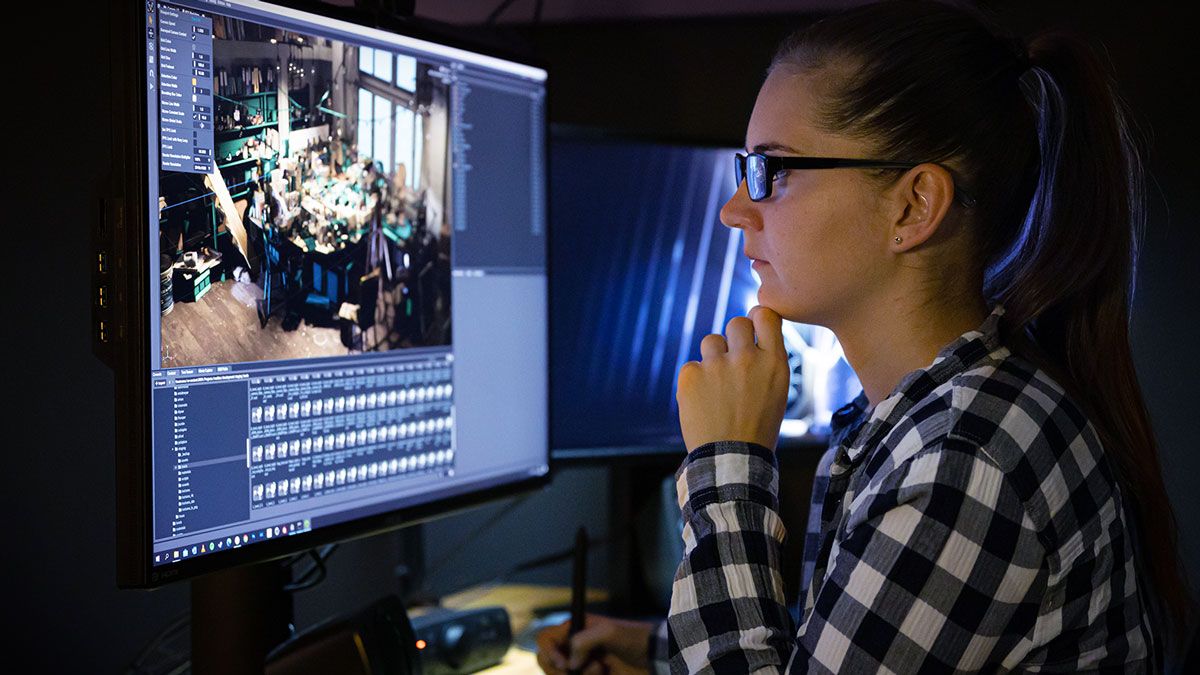- Apr 3, 2006
- 5,211
- 6,831
- 136
As soon as I saw Intel XeSS, and handful of supporting games, I was thinking we really need an abstraction layer so developers can write once, and support all the advanced Image scaling methods.
I was surprised that NVidia is the first to deliver this abstraction layer:

 www.tomshardware.com
www.tomshardware.com
I was surprised that NVidia is the first to deliver this abstraction layer:

Nvidia Streamline Aims to Simplify Developer Support for All Upscaling Algorithms
Streamline is an open-source framework and Intel is already on board.
Thankfully, Streamline is both open-source and can accommodate super-resolution technologies from diverse hardware and game engine vendors. Intel is already on board, but we have no word from AMD on its plans.
...
"Intel believes strongly in the power of open interfaces," said Andre Bremer, VP of AXG and director of game engineering at Intel. "We are excited to support Streamline, an open, cross-IHV framework for new graphics effects. This will simplify game developers’ integration efforts and accelerate the adoption of new technology."
Nvidia says that Streamline is available today on GitHub supporting both DLSS and DLAA (Deep Learning Anti-Aliasing). NIS support is "coming soon." The framework is extensible beyond super-samplers, as evidenced by Nvidia including its Real-time Denoiser. Please note that Streamline supports DirectX 11 and DirectX 12 titles, but Vulkan compatibility is still in the beta testing stages.


